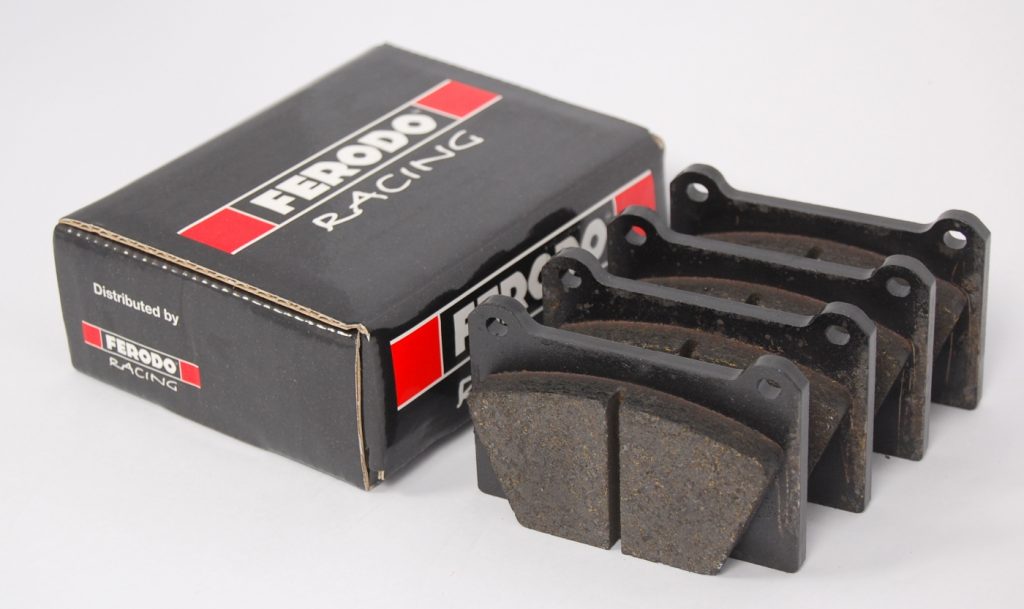Fundamentally a limited slip differential stops one wheel on an axle from turning “a lot” faster than the other wheel on the same axle.
Specifically a limited slip differential will allow one wheel to turn “x” % more than the other wheel before it starts to act ie to limit the speed difference between the two wheels.
The “x” percentage will vary between brands of limited slip differential but generally speaking a 10% difference in wheel speed will be enough to trigger the limited slip differential into action and to start limiting the speed differential between the two wheels
So how does this help THE ABS SYSTEM?
The ABS on a car will trigger when the speed of one wheel is different by a set amount more than the other wheels. This set amount is written into the software of the ABS control unit.
When one wheel slows down compared to the other wheels, above this set amount, the ABS unit will start pulsing the brake caliper on the slow wheel so it turns at the same speed, or close to the same speed as the other wheels.
The problem with this approach is that the ABS system does not increase the braking force to the other wheels to compensate for this lack of braking on the slow turning wheel.
And this is where a limited slip differential improves the performance of an ABS system.
The limited slip differential will always be trying to get both wheels to be turning at close to the same speed.
When one wheel starts to slow down it will transfer more of the braking force to wheel that is turning faster ie the wheel with the most grip.
Because the limited slip differential is controlling the wheel speed dynamically and transfering braking force more evenly across the axle, the limit of the ABS system is raised ie the ABS system will trigger later.
The ABS will still trigger but only when the difference in speed between axles reaches its trigger threshold.
In short, a limited slip differential enhances the capabilities of an ABS system by allowing the car to find the maximum amount of braking power on an entire axle, rather than on 1 wheel of an axle.
The ABS will still trigger, but only at the maximum braking power of an axle instead of the maximum braking power of a single wheel.
ABS & Limited Slip Differential Tuning
We are dealing with two trigger thresholds. One trigger threshold for the variance in speed between the wheels on an axle for a limited slip differential, and a second trigger threshold for the variance in speed between axles or wheels on a single axle for an ABS system.
By fine tuning the triggering threshold of both systems we can get 100% braking power from the grip available on a single axle.
In a perfect world we have the limited slip differential acting as the primary controller of the wheel speed difference on a single axle and only when the wheel speed difference between axles is identified does the ABS trigger.
To take the perfect world scenario a step further, we will be getting 100% braking power from both axles at the same time and when we are requesting more braking power than is available, only then will we get a potential wheel locking condition and triggering of the ABS system.
In the circumstance when both axles are operating at maximum braking power and the driver is requesting additional stopping power, only then would the ABS trigger.
The triggering threshold for the ABS system here will take the form of the rate of deceleration of a wheel or wheels. ie when the speed of the wheels is decelerating faster than what the software has been programmed to think is reasonable. Again, this can be tuned to suit the car, the tires, the track/road surface, the track conditions and possibly even the location of a car if GPS is being used. For example a car braking uphill will have more braking power than a car that is heading downhill.
Limited Slip Differential & ABS Summary
A limited slip differential will generally increase a cars braking power and with the correct tuning, can ensure than a car is giving maximum braking power before the ABS triggers.
Because ABS works by reducing braking power, we will never get maximum braking power by relying on it solely. The fundamental purpose of the ABS system is to keep the wheels turning regardless of how much braking power has been requested and not to increase the braking power of a car.
ABS should only be triggered in a worse case scenario situation ie when a driver is demanding a braking force that would lock the wheels.
A limited slip differential massively increases the amount of braking power available before a wheel locking situation in encountered.
A limited slip differential can massively improve the braking power of a vehicle and the ABS system will there when the driver demands more braking power than is available from these already higher limits.
A limited slip differential and an ABS system are not independent systems. They work together to increase the braking power of a car and when tuned correctly can extract the maximum possible braking power from a car in the majority of road conditions and possibly all of the conditions encountered on a race track.
You can buy some of the world’s finest limited slip differentials from Street & Circuit Click Here
